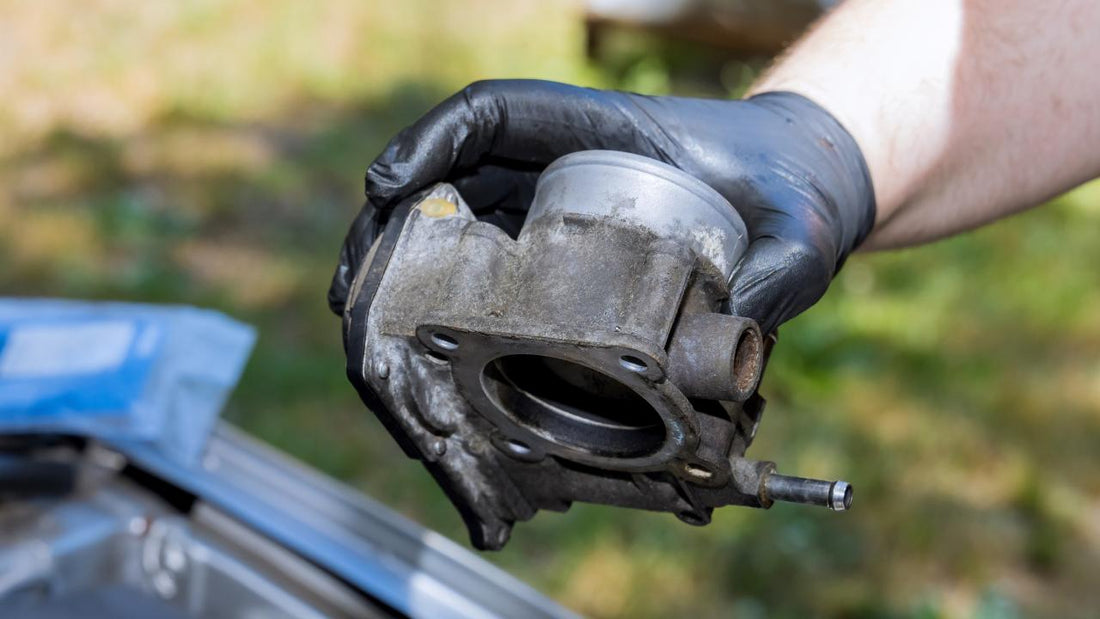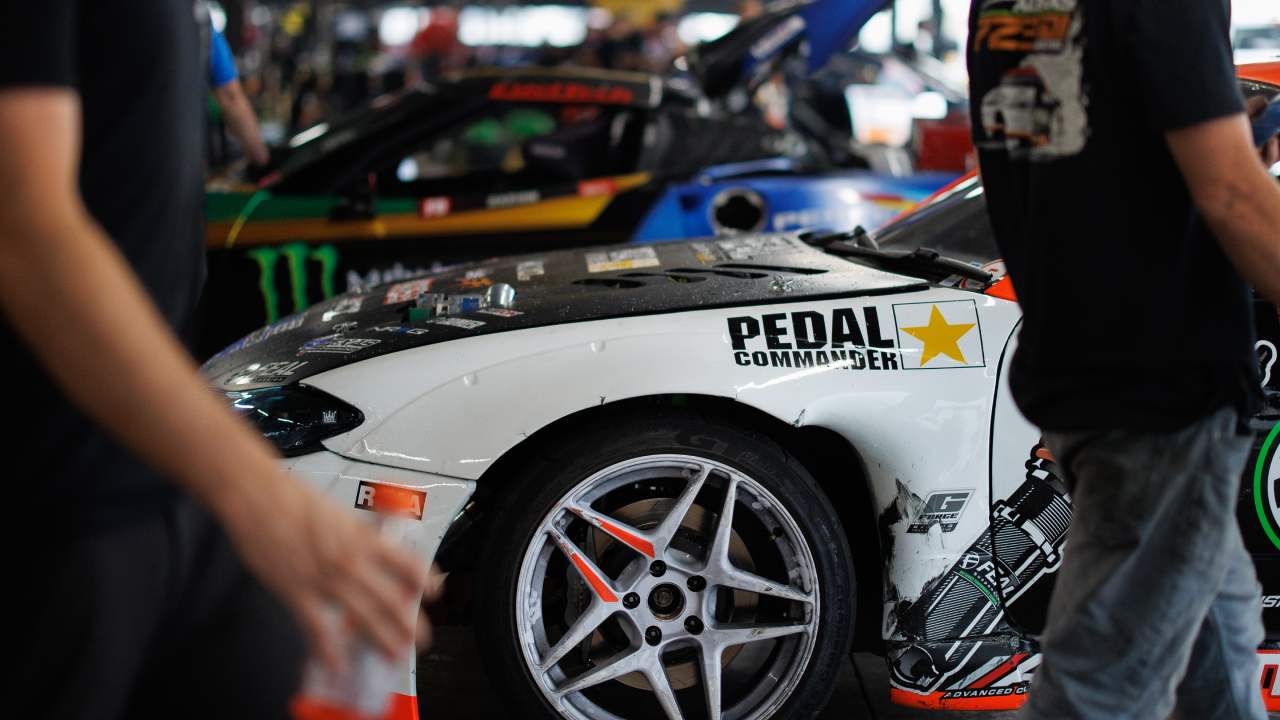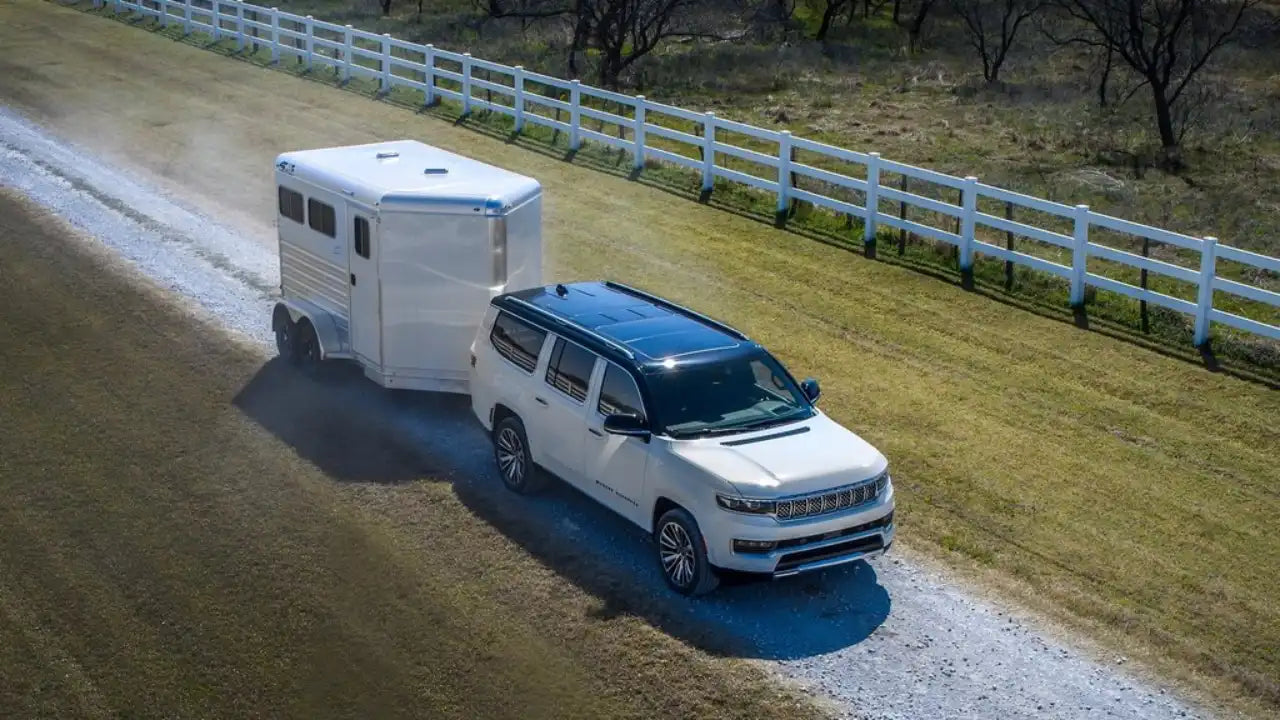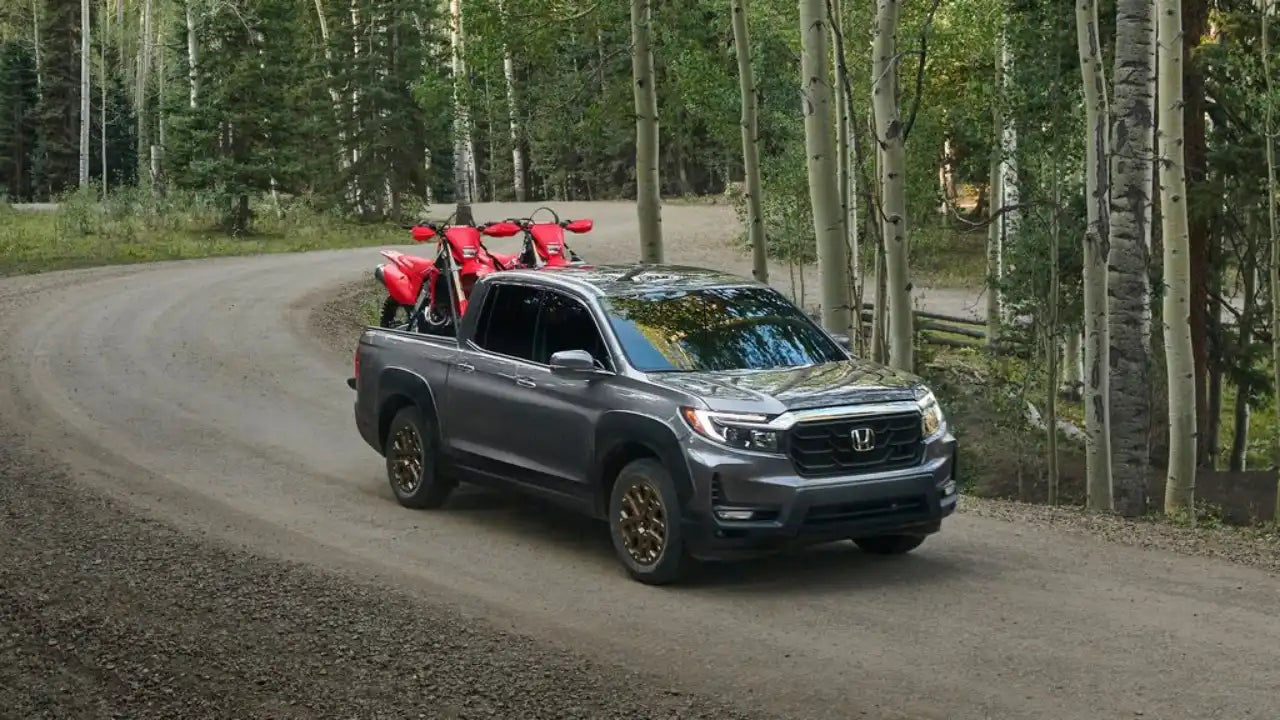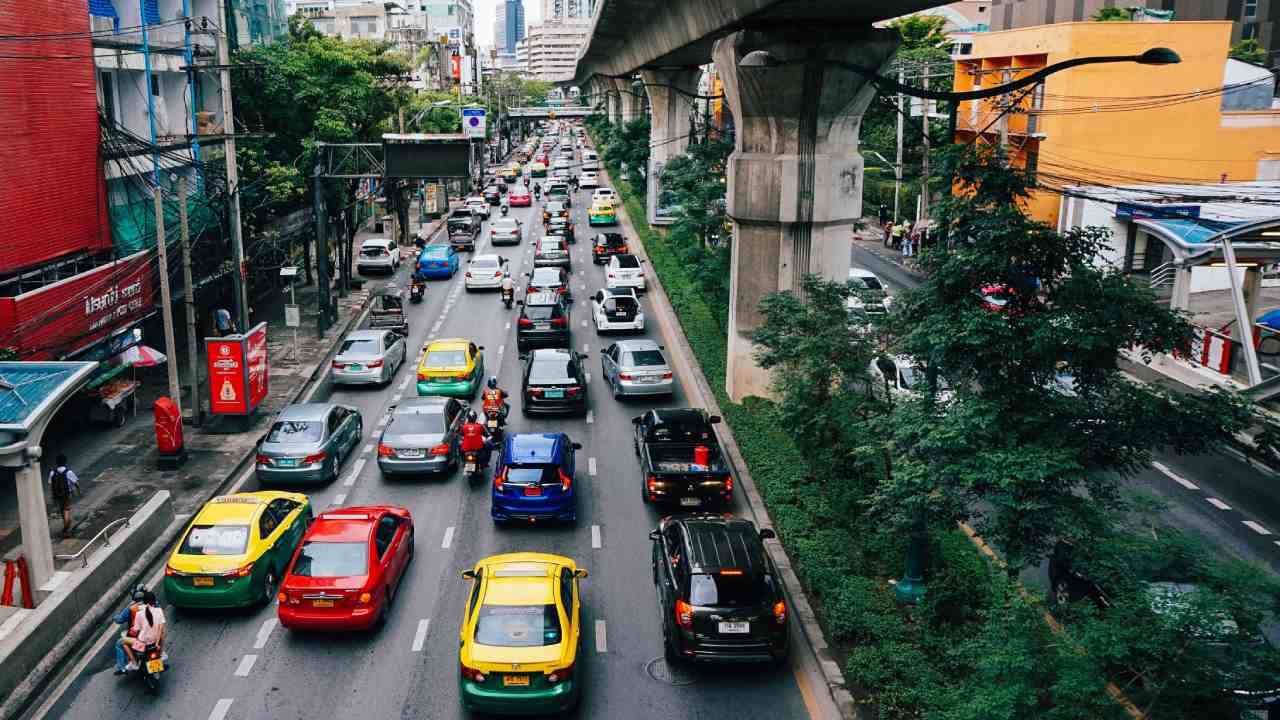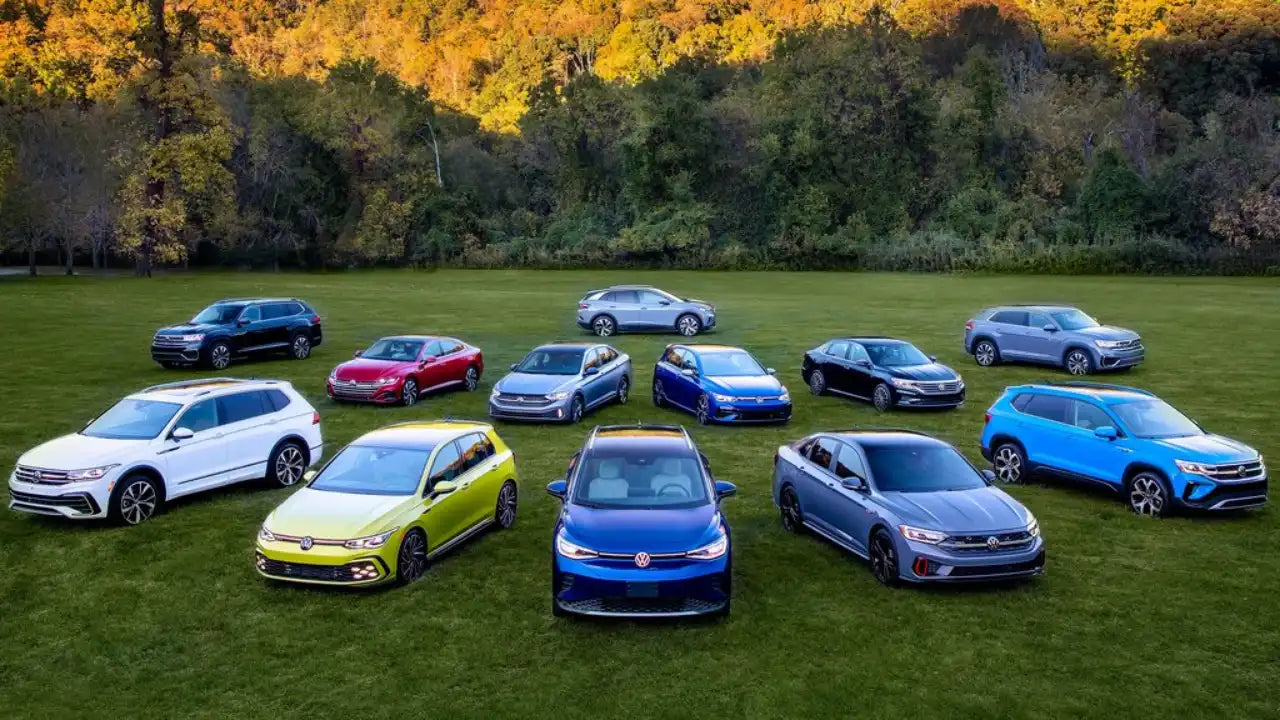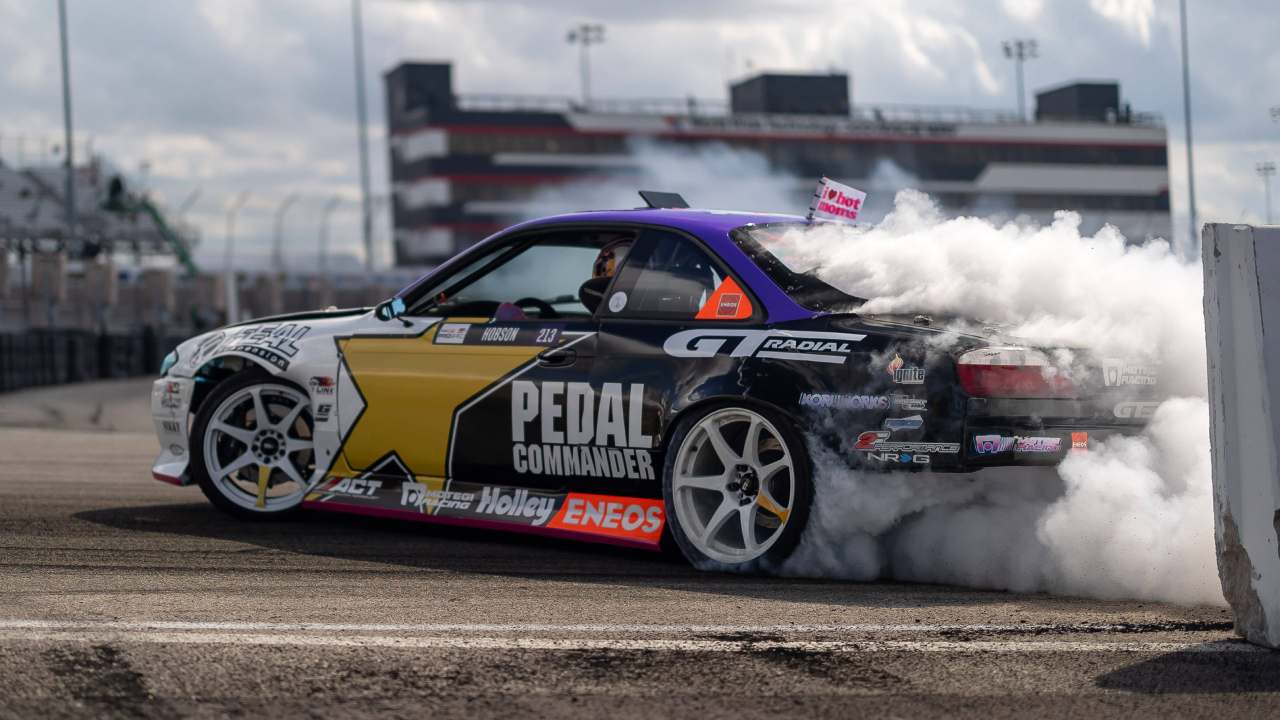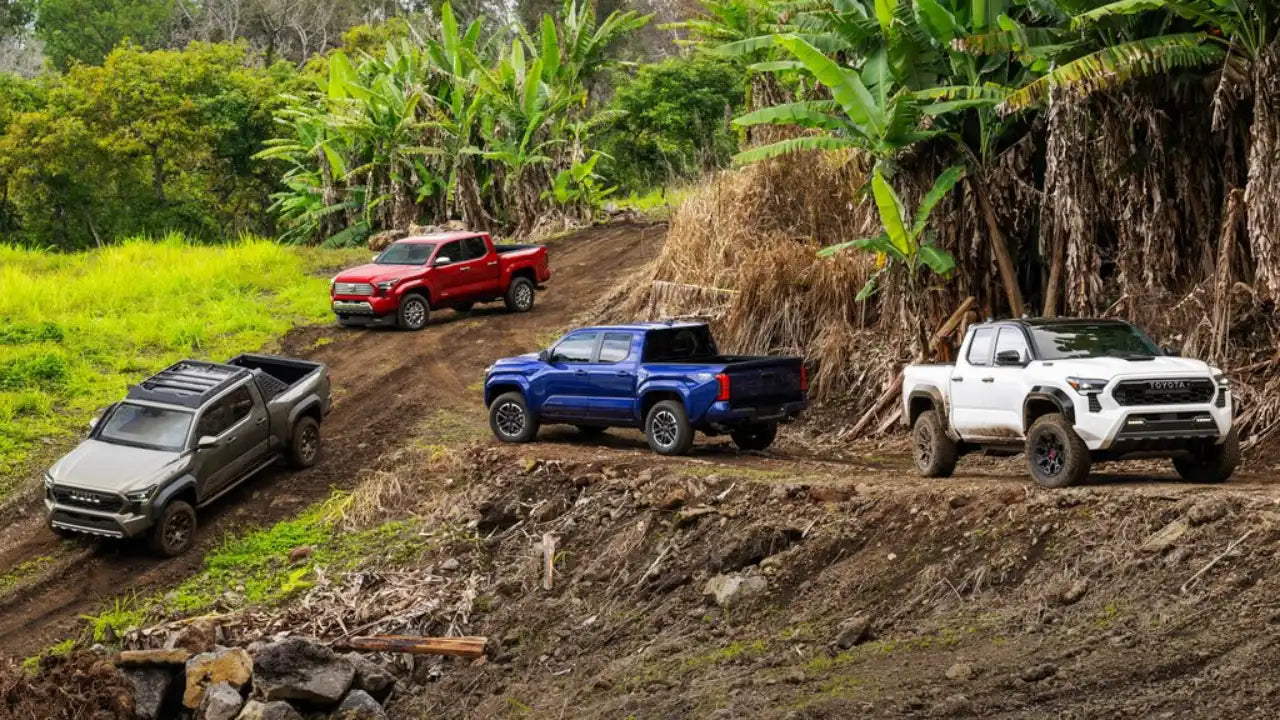Understanding Throttle Lag: The Hidden Enemy of Performance
Rahmi Doğucan E.Share
Imagine you're behind the wheel of a high-performance sports car, ready to unleash its raw power with a tap of the accelerator. You press the pedal, expecting an instant surge of speed, but instead, there's a frustrating delay. It feels as though your car is hesitating, robbing you of the exhilarating experience you were anticipating. What you've just encountered is a common automotive nuisance known as throttle lag.

Throttle lag, also referred to as accelerator lag or pedal lag, is a phenomenon that can affect any vehicle, whether it's a sports car, a family sedan, or a rugged off-roader. In essence, it's the delay between the moment you press the gas pedal and when the engine responds accordingly. This delay can vary in duration and intensity, but it's always an unwelcome intruder when you're seeking optimal performance and responsiveness from your vehicle.
Throttle Lag Decoded
To grasp the concept of throttle lag, think of your car's accelerator pedal as a messenger between you and the engine. When you press the pedal, you're sending a signal to the engine's electronic control unit (ECU), which, in turn, adjusts the engine's throttle opening and fuel injection to accelerate the vehicle. However, the time it takes for this message to travel from your foot to the ECU and for the engine to react can introduce a noticeable delay.
It is not limited to cars, here is how a plane gets its throttle:

And here is a motorcycle throttle:

Several factors contribute to throttle lag, and they can be generally categorized into two mains:
- Electronic Throttle Lag: In modern vehicles, electronic throttle control (ETC) systems have largely replaced traditional mechanical ties between the accelerator pedal and the throttle plate. While ETC systems offer benefits like improved fuel efficiency and enhanced control, they can introduce a delay due to the need for data processing. When you press the pedal, sensors detect the input, send it to the ECU, which then adjusts the throttle accordingly. This process, while quick, can still result in a perceivable delay.
- Mechanical Throttle Lag: In older vehicles with mechanical throttle linkages, the delay may arise from the physical connection between the pedal and the throttle plate. Factors like cable stretch, wear and tear, or binding in the linkage can introduce delays in the transmission of your input to the engine.
The Effects of Throttle Lag
The consequences of throttle lag extend beyond mere inconvenience; they impact the overall driving experience, affecting both performance and safety. Here's how:
Performance Impact of Throttle Lag: Throttle lag can significantly impede your vehicle's acceleration and responsiveness. Whether you're merging onto a highway, overtaking another vehicle, or launching from a standstill, that delay in power delivery can be frustrating, especially when you're seeking maximum performance.
Safety Concerns of Throttle Lag: Beyond performance, throttle lag can also pose safety risks. In emergency situations that require quick acceleration, such as avoiding a collision or merging into fast-moving traffic, throttle lag can be the difference between a near miss and a dangerous accident. When every millisecond counts, the ability to accelerate instantly can be a lifesaver.
In essence, throttle lag is like having a conversation with your vehicle, but there's a noticeable delay in the responses. You press the pedal, and your car hesitates before delivering the power you need. This delay can affect your driving experience and, in some cases, even compromise your safety.
The good news is that you don't have to tolerate throttle lag. There's a solution that can help you regain control of your vehicle's throttle response and enhance both performance and safety: Pedal Commander®. In the following sections, we'll delve deeper into how Pedal Commander® eliminates throttle lag, allowing you to unlock the true potential of your vehicle.
The Effects of Throttle Lag: How It Impacts Acceleration, Responsiveness, and Overall Driving Enjoyment
Throttle lag isn't just an abstract concept; it has tangible effects on your driving experience that extend well beyond mere frustration. To really absorb the significance of this phenomenon, let's delve into how throttle lag affects acceleration, responsiveness, and the overall enjoyment of your time behind the wheel.
Below you can see the not-so-big throttle body, this is what controls all the power and acceleration!

Effects of Throttle Lag on Acceleration:
One of the most apparent consequences of throttle lag is its impact on acceleration. When you push the gas pedal, you expect your vehicle to respond swiftly and smoothly, delivering the power you need for quick getaways, highway merging, or passing maneuvers. However, with throttle lag in the picture, that instantaneous response you desire can be notably delayed.
Picture this scenario: You're at a traffic light, and the light turns green. You press the gas pedal with the intent of launching your vehicle forward. With throttle lag, instead of a seamless surge of acceleration, there's a frustrating delay before the engine responds. This delay can be particularly noticeable in situations where you need to accelerate urgently, such as entering a fast-moving highway or overtaking a slow-moving vehicle on a two-lane road.
Throttle lag can make your vehicle feel sluggish, leaving you longing for that instant burst of power that makes driving enjoyable, especially in performance-oriented or sporty cars. It's like having a high-performance sports car with the potential to sprint, but it chooses to stroll instead.
Effects of Throttle Lag on Responsiveness:
Responsiveness is another critical aspect of the driving experience that throttle lag affects. Responsiveness refers to how quickly your vehicle reacts to your inputs, whether it's steering, braking, or, in this case, throttle control. A responsive vehicle feels connected to the driver, translating their intentions into actions with minimal delay.
When throttle lag is present, that sense of immediate connection between you and your vehicle diminishes. The delay between pressing the gas pedal and the vehicle's actual acceleration creates a disconnect that can be disconcerting. It's akin to a conversation where there's an awkward pause after every question or response.
This reduced responsiveness can be particularly frustrating when you're navigating challenging driving conditions, such as winding roads, city traffic, or off-road terrain. In such scenarios, having precise control over your vehicle's acceleration is crucial for safety and overall driving enjoyment. Throttle lag can erode that control, leaving you feeling less confident and engaged while driving.
Effects of Throttle Lag on Overall Driving Enjoyment:
Ultimately, the presence of throttle lag can diminish your overall driving enjoyment. Driving enthusiasts revel in the sensations of acceleration, control, and responsiveness. Throttle lag dulls these sensations, robbing you of the thrill and satisfaction that come from a vehicle that responds promptly to your commands.
Driving is more than just a means of transportation; it's an experience that can be incredibly enjoyable when your vehicle behaves as an extension of yourself. Throttle lag disrupts this connection, turning what should be an exhilarating journey into a mundane commute.
The good news is that you don't have to accept throttle lag as an inevitable part of your driving experience. Solutions like Pedal Commander® exist to eliminate this delay and restore the joy of driving. In the next sections, we'll explore how Pedal Commander® achieves this and how it can transform your driving experience from frustrating to exhilarating.
Why Throttle Lag Matters: Performance and Safety
Boosting Performance
Throttle lag is not just an inconvenience; it's a significant factor that can influence your vehicle's performance in more ways than one. Let's take a closer look at how throttle lag can affect both your car's performance and your driving enjoyment.
Throttle Lag and Safety:
Beyond performance, throttle lag also poses safety concerns in various driving scenarios. In situations that demand quick and precise throttle control, such as emergency braking, evasive maneuvers, or navigating slippery roads, throttle lag can be a critical factor.
Consider a scenario where you need to accelerate suddenly to avoid a collision or safely merge into a congested freeway lane. In these moments, every fraction of a second counts, and a delay in throttle response can mean the difference between a successful maneuver and a potentially hazardous situation.
Throttle lag can affect your ability to maintain control of your vehicle when you need it most, compromising your safety and that of your passengers. This highlights the importance of reducing throttle lag and ensuring quick response times in various driving situations.
The Pedal Commander® Solution
Your Throttle Lag Terminator: Introducing Pedal Commander®
If you've ever experienced the frustrations of throttle lag, it's time to meet your new ally: Pedal Commander®. Pedal Commander® is a cutting-edge device designed to eliminate throttle lag and transform your driving experience. Let's explore how Pedal Commander® can be your ultimate solution.
Pedal Commander® is aptly named because it's precisely that—a terminator of throttle lag. It's a plug-and-play device that connects to your vehicle's accelerator pedal sensor, allowing you to take control of your vehicle's throttle response like never before.
Key Benefits of Pedal Commander®:
- Instant Responsiveness: With Pedal Commander®, the delay between pressing the accelerator pedal and your vehicle's response is virtually eliminated. This means you'll experience instant acceleration, just as you should.
- Customization: Pedal Commander® offers a range of customizable modes and settings, allowing you to fine-tune your throttle response to suit your driving style and preferences. Whether you prefer a sportier, more responsive feel or a smoother, fuel-efficient drive, Pedal Commander® has you covered.
- Easy Installation: Installing Pedal Commander® is a breeze. It requires no special tools or technical expertise, and it can be done in minutes. Once installed, you'll immediately notice the difference in your vehicle's throttle response.
- Compatibility: Pedal Commander® is compatible with a wide range of vehicle makes and models, making it accessible to a broad audience of drivers looking to enhance their driving experience.
How Pedal Commander® Works
Tech Talk on Pedal Commander®
Pedal Commander® may sound like magic, but it's actually a sophisticated piece of automotive technology designed to address throttle lag with precision. Let's dive into the technical aspects of how Pedal Commander® works and how it achieves its remarkable results.
Throttle Sensitivity Adjustments
At the heart of Pedal Commander®'s functionality is its ability to adjust throttle sensitivity. But what does that mean, exactly? Throttle sensitivity refers to how quickly your vehicle responds to your inputs on the accelerator pedal. When you press the pedal, a signal is sent to your vehicle's engine control unit (ECU), which then adjusts the throttle opening and fuel injection accordingly.

Pedal Commander® intercepts this signal and allows you to modify it in real-time. By doing so, it effectively fine-tunes the sensitivity of your accelerator pedal. If you select a more aggressive setting, the throttle response becomes immediate and sharp, while a milder setting yields a smoother, more gradual response. This customization is a game-changer because it allows you to tailor your driving experience to your liking.
Different Modes and Settings
Pedal Commander® offers a range of modes and settings to cater to various driving scenarios and preferences. Some of the modes you can expect to find include:
- Eco Mode: Ideal for fuel-efficient driving, this mode smoothes out throttle response for a gentle and gradual acceleration curve.
- City Mode: This mode strikes a balance between performance and fuel economy, making it perfect for daily commuting and urban driving.
- Sport Mode: When you're in the mood for a more spirited drive, Sport Mode delivers a rapid and responsive throttle response, unleashing the full potential of your vehicle's performance.
- Sport+ Mode: For those venturing on tracks with an adrenaline-filled heart, Sport+ Mode provides precise control over throttle input, ensuring you can navigate the toughest tracks with confidence.
By allowing you to switch between these modes, Pedal Commander® gives you the flexibility to adapt to different driving conditions and preferences on the fly. Whether you're tackling city streets, highways, or rugged trails, Pedal Commander® has a mode to match.
Installing and Using Pedal Commander®
From It’s Box to Your Pedal
Installing Pedal Commander® is a straightforward process that requires no specialized tools or technical expertise. Here's a step-by-step guide to get you from the box to the pedal:
Step 1: Gather Your Tools:
Before you begin, ensure you have the following items at hand:
- Pedal Commander® unit
- Velcro strips (included with Pedal Commander®)
- Vehicle owner's manual (for reference)
- A clean, well-lit workspace
Step 2: Locate the Accelerator Pedal:
Identify the accelerator pedal in your vehicle. Refer to your owner's manual if needed to ensure you locate the correct pedal.
Step 3: Installation of Pedal Commander®:
- Plug one end of the Pedal Commander® harness into the accelerator pedal sensor.
- Connect the other end of the harness into the accelerator pedal.
- Secure the Pedal Commander® unit to a clean and flat surface near the accelerator pedal using the provided Velcro strips. Make sure it's positioned securely.
Step 4: Power On:
Turn on your vehicle's ignition to power up the Pedal Commander®. You'll see the unit's LED display light up.
Step 5: Pairing and Calibration:
Follow the instructions in the Pedal Commander® manual to pair the unit with your specific vehicle make and model. This step is essential to ensure optimal compatibility and performance.
Step 6: Customization:
Once paired, you can start customizing your Pedal Commander® settings. Explore the different modes and sensitivity adjustments to find the configuration that suits your driving style and preferences.
Step 7: Test Drive:
Take your vehicle for a test drive to experience the immediate benefits of Pedal Commander®. Pay attention to the improved throttle response and how it enhances your driving experience.
Congratulations! You've successfully installed and configured Pedal Commander®. Enjoy your newfound control over throttle response and the enhanced driving experience it brings.



